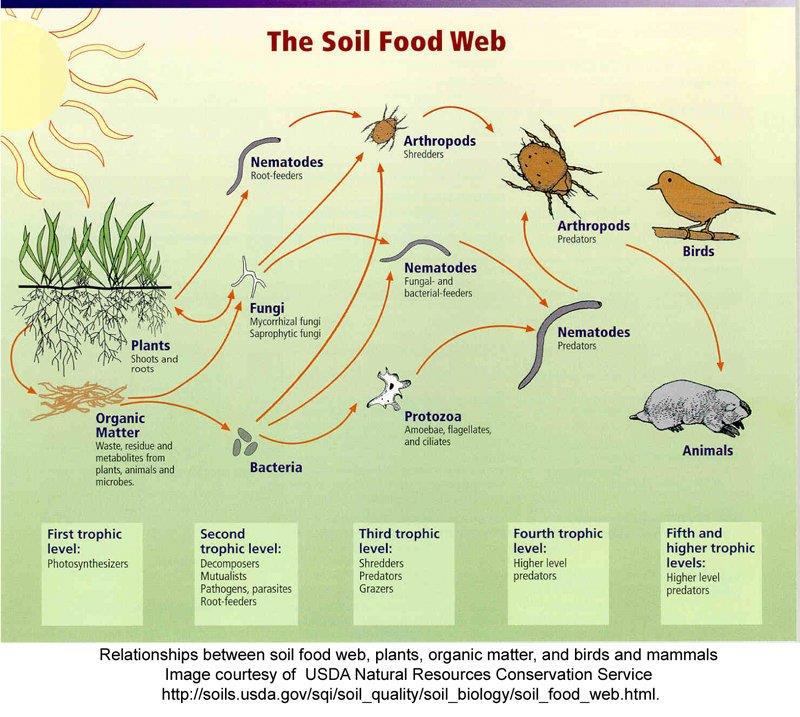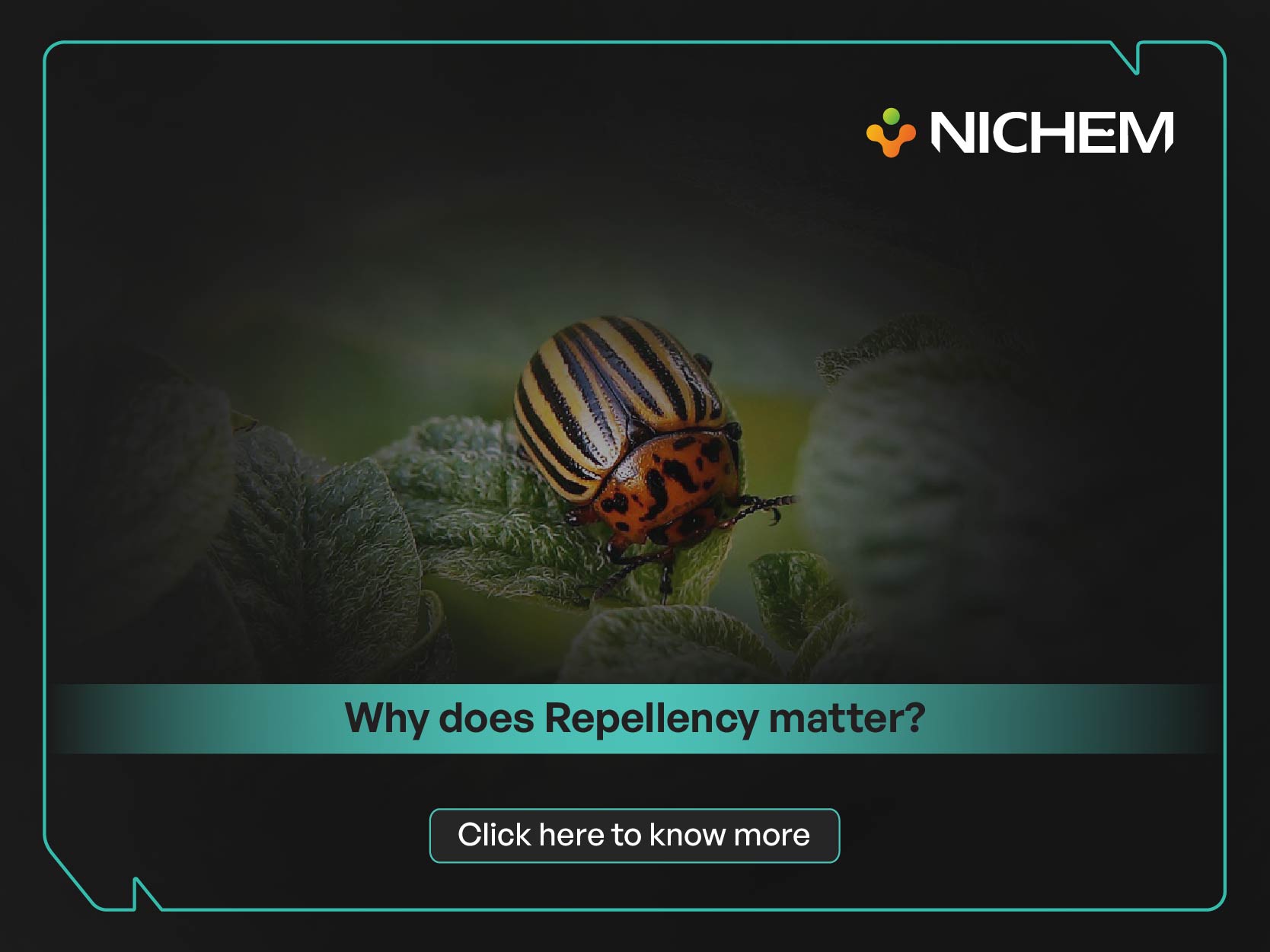Introduction
Every living organism serves a unique purpose, contributing to the intricate web of life in nature. Insects, often overlooked or dismissed as nuisances, are no exception. While some insects are beneficial, others may be labelled as pests, primarily for causing discomfort to humans or damage to crops. However, insects are integral to maintaining a complex ecosystem that supports life on the earth. Surprisingly, less than 1% of all known insect species are classified as pests.
The majority of insects perform essential roles that sustain life. They pollinate plants, aerate the soil, and recycle organic matter, turning dead animals and plants into nutrients for the earth. These tiny creatures are the hidden workforce of nature, ensuring the smooth functioning of ecosystems worldwide.
- Pest Control
Nature has its pest control system. Predatory insects like ladybugs, lacewings, and certain species of thrips help regulate harmful pest populations, including aphids, caterpillars, and mites. By keeping pest populations in check, these predators reduce the need for chemical pesticides. This not only supports sustainable farming practices but also protects the environment from harmful chemicals. - Pollination
Thrips, along with bees, butterflies, and other pollinators, ensure the reproduction of flowering plants. This process sustains biodiversity and ensures stable food crop yields, which are critical for agriculture and global food security. It’s estimated that about 75% of all crop species rely on insect pollination, contributing to one-third of the food we consume. - Soil Health
Decomposers like beetles, ants, and other insects actively break down organic matter, such as fallen leaves, dead plants, and animal remains. This decomposition process enriches the soil with nutrients, enhancing its fertility and structure. Healthy soil is essential for robust plant growth which supports entire ecosystems. - Nutrient Cycling
Insects play a key role in the nutrient cycle by feeding on and decomposing organic material. They transform it into simpler compounds that plants and microorganisms can absorb. This continuous recycling process ensures the productivity of ecosystems and supports plant life. - Seed Dispersal
Some insects, like certain ants, contribute to seed dispersal by carrying seeds to new locations. Others facilitate this process through activities such as burrowing. Seed dispersal helps plants colonise new areas, maintain genetic diversity, and recover from environmental disturbances like wildfires or deforestation. - Enhancing Growth Diversity
Insects like thrips promote the growth of less competitive species by feeding selectively on dominant plants. This interaction leads to diverse plant communities, which are more resilient to environmental stresses such as droughts and temperature fluctuations. - Promoting Ecosystem Balance
Insects serve as prey for birds, amphibians, reptiles, and other animals. Their presence ensures energy flows efficiently across various levels of the food chain
(Ref. Fig.1). For instance, small birds like chickadees rely heavily on insects to feed their young. These birds, in turn, are preyed upon by larger predators, demonstrating the interrelation of life.

- Pollination Loss: A decline in pollinators like bees and butterflies reduces crop yields, jeopardizing global food security.
- Slower Nutrient Cycling: Without decomposers, organic matter takes longer to break down, impacting soil fertility and plant growth.
- Food Chain Disruption: Predators such as birds and amphibians lose critical food sources, destabilizing ecosystems.
- Pest Surges: Without natural predators, harmful pest populations may explode, increasing reliance on chemical pesticides.
Harmful Effects of Pesticides

Fig 2: Effect of Pesticides
- Resistance Development: Over time, pests develope resistance to pesticides, necessitating stronger and more toxic alternatives.
- Environmental contamination: Pesticides can pollute soil and waterways, harming aquatic life and potentially affecting human health.
- Biodiversity Loss: Non-target species, including pollinators and natural pest predators, are often collateral damage.
Such effects highlight the need for more sustainable approaches to pest management, such as integrated pest management (IPM). IPM is an ecofriendly approach that uses techniques like natural predators, crop rotation, and targeted pesticides. (Ref. Fig. 3) It balances pest control with environmental preservation and cost-effectiveness

Fig 3: Integrated Pest Management
Repellency Is a Better Alternative than Cidal Products
A repellency-based pest management approach safeguards non-target species like pollinators and natural predators, promoting biodiversity and ecological balance. Additionally, Repellents reduce the risk of pests developing resistance, a growing challenge with Cidal solutions. By offering long-term effectiveness with minimal environmental harm, repellency-based products emerge as a sustainable choice for modern agriculture.
Repellency for a Sustainable Future
NICHEM Solutions is pioneering the shift toward sustainable pest management with innovative pest-repellent technologies like Defyer and BackOff. NICHEM provides effective and eco-friendly pest management solutions which are beneficial for insect population. These solutions reduce harmful chemical reliance, protect beneficial insect species, and preserve soil fertility. By safeguarding biodiversity and promoting ecological balance, NICHEM empowers farmers to achieve long-term agricultural productivity. Embracing repellence-based approach is not just a choice but a necessity for creating a future where humans and insects thrive together in harmony.


